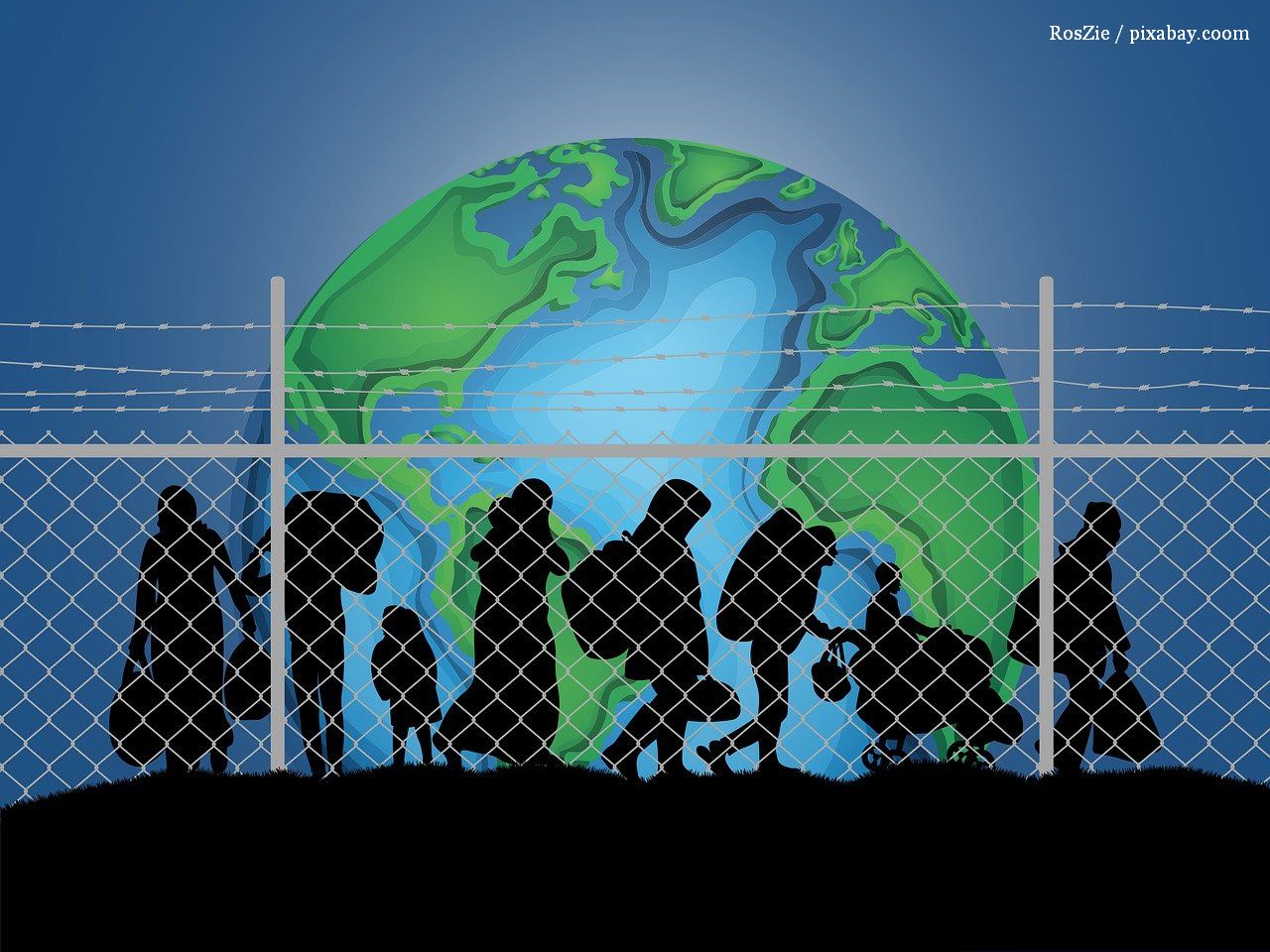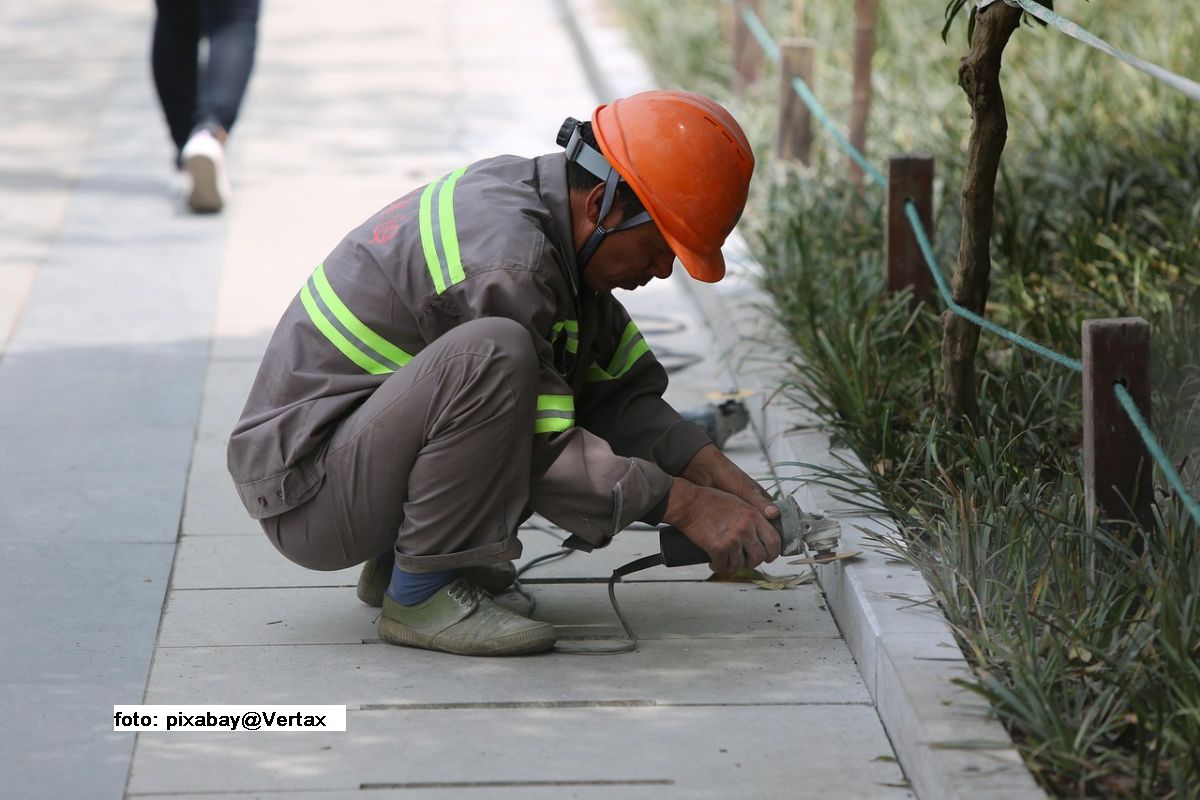Support for Child Refugees from Ukraine
The first waves of Ukrainian refugees who found Romania unprepared, but extremely willing to help

Christine Leșcu, 04.09.2024, 14:00
After more than two years since the Russian invasion of Ukraine and the first waves of Ukrainian refugees who found Romania unprepared, but extremely willing to help, tools have already been put in place for the lasting integration of these people. The non-governmental organization Save the Children contributed to this effort from the very beginning, and found out what the main problems of the refugees are. From the data obtained from the UN High Commissioner for Refugees, from the beginning of the crisis until now, about 5 million 245 thousand Ukrainian citizens have entered Romania, and Save the Children has supported around 354,700 people, of whom almost 180,000 children. Moreover, almost half of the refugees are children who came here, mainly with their mothers and grandmothers, whose main worries are the lack of a stable income secured by a job and the language barrier. Therefore, currently, the need for longer-term integration of these families has become a priority compared to the first period of the war, comments Leonard Andreescu, project manager within the Save the Children organization.
“In February, we launched a questionnaire that the people from Ukraine under our assistance filled out, and thus certain needs were highlighted. The need for financial aid appears quite frequently, for at least 23% of those surveyed, then support for access to medical services, and Romanian language courses. Quite a few facilities have been created in the non-governmental sector. Unfortunately, the authorities still have insufficient coverage of the need for Romanian language courses and after-school services for children. This is generally requested by single mothers who have no one to leave their children with in order to work. If we look at the statistics, and what emerged from this sociological survey that we developed, we see that the percentages are somehow correlated: the need for after-school for children appears in 13% of respondents, and support for finding a job in 12% of them. So about the same percentage of people who are looking for a job also need after-school for their children, because they are unable to leave their children in a safe place. They have no one to leave them with and then they cannot find a job.”
To help them, the Save the Children organization, in partnership with the mayor’s office of sector 6 in Bucharest, recently opened a day center for the children of Ukrainian refugees. Here they can safely spend time after classes until their mothers can take them home. Leonard Andreescu provides details:
“We offer support not only through this day care center. We also provide support for preschool children by paying fees for nurseries and kindergartens where applicable. We also offer transportation for children, so that parents can take them either to school or to our center in the morning, depending on the children’s educational schedule, and can pick them up in the evening.”
The day center in sector 6 of the capital is not the only one of its kind managed by Save the Children. There are others in Bucharest and throughout the country, opened through collaboration with local authorities, all services being free. Here is Leonard Andreescu.
“At the center, the children benefit from a hot meal, support in lessons, Romanian language courses adapted for foreigners, social cohesion activities, but also from a rather complex concept of psychological support in order to help the children to overcome certain emotional problems. I identified many of them with problems, some even very severe, emotional ones, caused, of course, by this break from ordinary life, from the places they knew, from their family, from the rest of the family, from the fathers. Activities of this type help them a lot to overcome the feeling that they are strangers because they cannot speak the language, the tendency to isolate themselves because they feel left out. A very important aspect of this center is that it is not only open to Ukrainian children. We also have Romanian children from disadvantaged families, from single-parent families, who have the same problem in finding a job because they have no one to leave their children with. And then they go together with the Romanian children to this center. The activities are carried out together. Of course we help them communicate. We have cultural mediators who speak Romanian, Russian, and Ukrainian, teachers who also know the teaching methods from Ukraine, but also from Romania, so that it is as easy as possible for the children to integrate, to identify Romanian friends who will give them that feeling of normality and safety, to help them overcome emotional problems as much as possible, of course.”
At the moment, the day center cannot receive more than 40 people, unfortunately for the Ukrainian children who already have difficulties integrating into the Romanian schools and are enrolled there. Leonard Andreescu explains:
“It is extremely difficult for them. That’s why 90% of them just audit classes. This implies a maximum period of one year in which they can attend classes, but without being obliged to have a daily presence, without receiving grades, without being entered in the official tally of grades. It’s like a buffer period that helps them get used to both the schedule, the language, and their classmates. Then after a maximum of one year, they are required to be enrolled, like other students, and to participate in educational activities. Very few of these children attend online schools in Ukraine, that is, they do not study with us, but those are exceptions.”
Currently, after the initial waves of refugees, many of them in transit to other countries, so around 79,000 citizens from Ukraine remained registered in Romania.






























